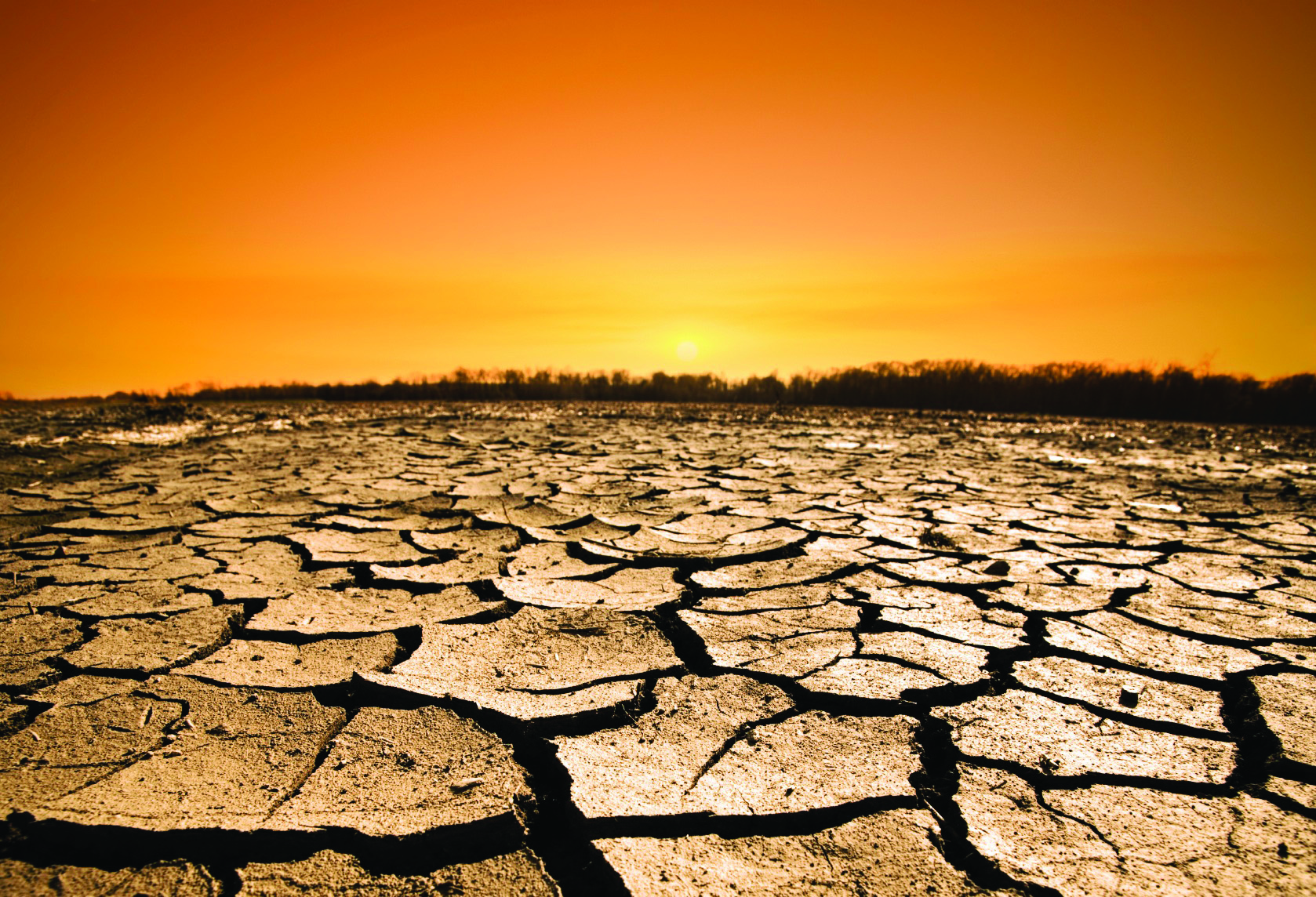Global warming, a consequence of human-induced climate change, is a looming crisis that has far-reaching implications for the planet and its inhabitants. As greenhouse gas emissions continue to rise, the Earth’s climate system is undergoing profound shifts, leading to a cascade of environmental, social, and economic challenges. In this article, we will delve into the impending dangers posed by global warming, highlighting the potential impacts on ecosystems, communities, and the future of our planet.
1. Rising Sea Levels:
- Melting polar ice and thermal expansion of seawater contribute to rising sea levels, endangering coastal communities and ecosystems. Floods, erosion, and saltwater intrusion threaten infrastructure, agriculture, and freshwater resources.
2. Extreme Weather Events:
- Global warming intensifies the frequency and severity of extreme weather events, including hurricanes, heatwaves, droughts, and heavy rainfall. These events disrupt ecosystems, damage infrastructure, and pose risks to human health and safety.
3. Ocean Acidification:
- Increasing carbon dioxide concentrations lead to ocean acidification, harming marine life and coral reefs. The decline of coral ecosystems has cascading effects on marine biodiversity and fisheries.
4. Biodiversity Loss:
- Shifts in temperature and habitat disruption due to global warming endanger plant and animal species, leading to reduced biodiversity and potential ecosystem collapse.
5. Food and Water Security:
- Changes in temperature and precipitation patterns impact agricultural productivity and water availability, threatening global food and water security.
6. Health Risks:
- Heat-related illnesses, the spread of vector-borne diseases, and reduced air quality due to heatwaves and air pollution pose significant health risks to populations.
7. Displacement and Migration:
- Rising sea levels and extreme weather events can force communities to relocate, leading to climate-induced migration and potential conflicts over resources and land.
8. Economic Impacts:
- Global warming has economic ramifications, including damage to infrastructure, decreased labor productivity, and increased costs associated with disaster recovery and adaptation.
9. Geopolitical Tensions:
- Climate change can exacerbate existing tensions and contribute to conflicts over resources, migration, and territorial disputes.
10. Feedback Loops and Tipping Points: – Global warming may trigger feedback loops, such as the release of methane from thawing permafrost, which could accelerate the pace of climate change beyond human control.
Addressing the Crisis:
1. Mitigation Strategies:
- Reduction of greenhouse gas emissions through renewable energy adoption, carbon capture technologies, and sustainable land use practices is crucial to mitigate global warming.
2. Adaptation and Resilience:
- Building resilient communities and ecosystems through infrastructure improvements, disaster preparedness, and sustainable land and water management can help cope with the impacts of global warming.
3. International Cooperation:
- Collaborative efforts among nations are essential to develop and implement strategies to mitigate global warming and its consequences.
The dangers posed by global warming are not distant possibilities; they are unfolding before our eyes. The urgency to address this crisis demands swift and collective action on a global scale. As we confront the imminent threats of rising sea levels, extreme weather, and biodiversity loss, it is imperative that nations, communities, industries, and individuals unite to mitigate the impacts of global warming and secure a sustainable future for generations to come. The choices we make today will shape the trajectory of our planet’s future and determine the legacy we leave for those who will inherit the Earth.
Staying Cool and Safe During Extreme Heat: Essential Tips for Hot Weather
As temperatures soar to sweltering heights during the scorching summer months, it’s important to take proactive measures to protect yourself from the potential dangers of extreme heat. Heatwaves can pose serious health risks, especially for vulnerable populations. In this article, we will explore essential tips and strategies to help you stay cool and safe during exceptionally hot conditions.
Understanding the Risks:
1. Heat-Related Illnesses:
- Prolonged exposure to high temperatures can lead to heat-related illnesses such as heat exhaustion and heatstroke, which can be life-threatening if not addressed promptly.
2. Vulnerable Populations:
- Children, elderly individuals, pregnant women, and those with certain medical conditions are particularly susceptible to the adverse effects of extreme heat.
Staying Safe in Hot Weather:
1. Stay Hydrated:
- Drink plenty of water throughout the day to stay hydrated and replace fluids lost through sweating. Avoid excessive consumption of caffeinated or alcoholic beverages.
2. Dress Appropriately:
- Opt for lightweight, loose-fitting, and light-colored clothing to help your body stay cool. A wide-brimmed hat and sunglasses can provide additional sun protection.
3. Seek Shade:
- Whenever possible, stay in shaded areas to reduce direct exposure to the sun’s rays, especially during the hottest part of the day.
4. Limit Outdoor Activities:
- Minimize strenuous outdoor activities during peak heat hours, typically from late morning to early afternoon. If you must be outside, take frequent breaks in the shade.
5. Use Sunscreen:
- Apply sunscreen with a high sun protection factor (SPF) to shield your skin from harmful ultraviolet (UV) radiation.
6. Cool Showers and Baths:
- Take cool showers or baths to lower your body temperature and provide relief from the heat.
7. Use Fans and Air Conditioning:
- If possible, stay in air-conditioned environments. If not, use fans and open windows to improve air circulation in your living space.
8. Avoid Hot Vehicles:
- Never leave children, pets, or anyone inside a parked car, as temperatures can skyrocket to dangerous levels within minutes.
9. Check on Others:
- Keep an eye on elderly relatives, neighbors, and those who may require assistance, especially during extreme heat events.
10. Know the Signs of Heat-Related Illness: – Familiarize yourself with the symptoms of heat exhaustion (heavy sweating, weakness, dizziness) and heatstroke (hot, dry skin, confusion, loss of consciousness). Seek medical help if needed.
When the mercury rises and the heat becomes relentless, taking proactive steps to stay cool and safe becomes paramount. By adhering to these simple yet crucial guidelines, you can reduce the risk of heat-related illnesses and ensure a more comfortable and enjoyable experience during even the most sweltering conditions. Remember, prioritizing your health and well-being during extreme heat is not only essential—it’s a responsible and caring choice that sets the foundation for a safe and enjoyable summer season.


















